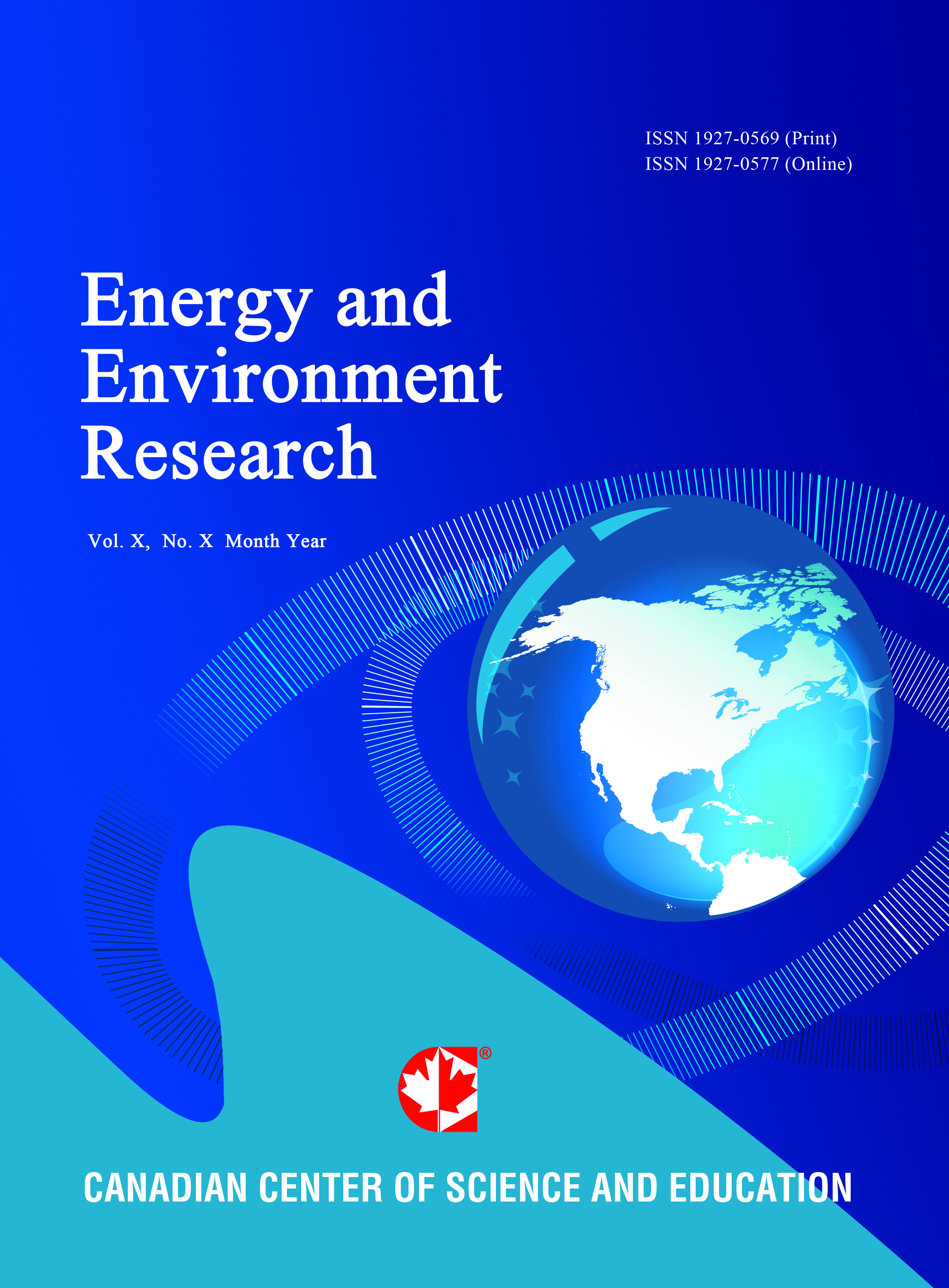Analysis of Radiological Terrorism on Metropolitan Area
- Hosik Yoo
- Jeong-ho Lee
- Sung-woo Kwak
Abstract
Possible terrorist attacks on metropolitan areas using radioactive materials have become the subject of lengthy research. This paper discusses an analysis that was conducted through a series of processes: selection of target areas, radioactive materials that may be used, scenario generation, analysis of risk by experts, and radiological consequences. A total of 336 different cases for evaluation were prepared using qualitative judgments; and a risk analysis was conducted to predict the consequence of a successful attack. A HOTSPOT code (which is widely used for initial assessments for emergency response planning) was adopted to evaluate radiological consequences from developed scenarios. We selected the target areas based on data such as: population, number of places where radioactive materials are stored and used, and quantity of radioactive materials. Seven different kinds of radioactive material and two kinds of explosives were considered in building the database. The results suggest that the dispersion distance from an explosion of radioactive material is dependent upon wind currents and the types of detrimental radioactive material utilized. Information from the database established by using radiological scenarios discussed in this study would be useful for countering a radiological attack at the early stag--from the perspective of physical protection.
- Full Text:
 PDF
PDF
- DOI:10.5539/eer.v1n1p24
Journal Metrics
(The data was calculated based on Google Scholar Citations)
h-index (July 2022): 19
i10-index (July 2022): 53
h5-index (July 2022): N/A
h5-median(July 2022): N/A
Index
- BASE (Bielefeld Academic Search Engine)
- CiteFactor
- CNKI Scholar
- Elektronische Zeitschriftenbibliothek (EZB)
- Excellence in Research for Australia (ERA)
- Genamics JournalSeek
- Google Scholar
- NewJour
- Norwegian Centre for Research Data (NSD)
- PKP Open Archives Harvester
- Publons
- ROAD
- SHERPA/RoMEO
- Standard Periodical Directory
- Ulrich's
- Universe Digital Library
- WorldCat
Contact
- Lesley LuoEditorial Assistant
- eer@ccsenet.org
